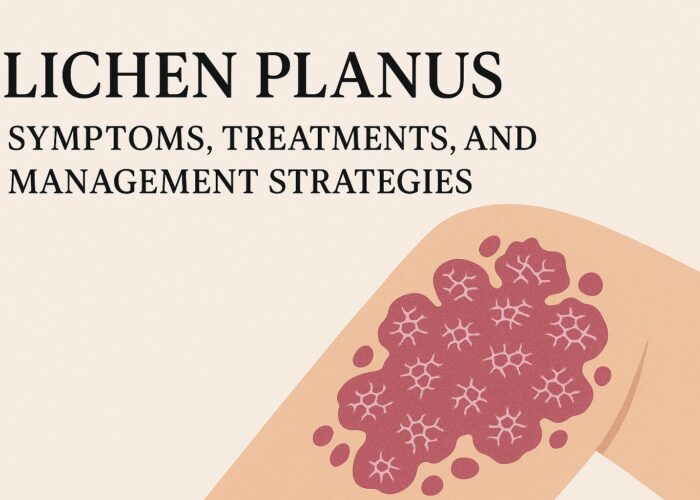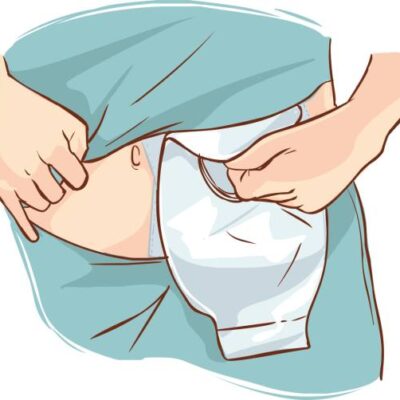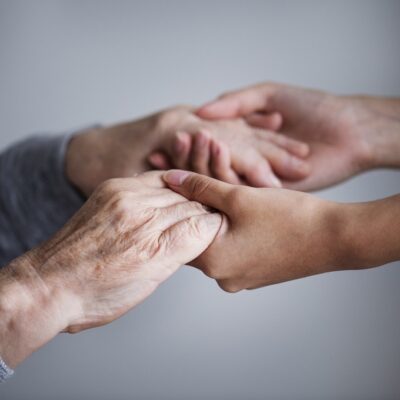Lichen Planus: A Comprehensive Guide to Understanding and Managing the Skin Condition
Lichen planus is a chronic inflammatory condition that affects the skin, mucous membranes, nails, and hair. It manifests in various forms, from mild rashes to more severe lesions, causing discomfort and concern for those affected. Understanding the symptoms, treatments, and management strategies is crucial in dealing with this condition effectively.
Exploring the Symptoms
Identifying lichen planus begins with recognizing its diverse symptoms. While its appearance varies, common signs include:
Skin Lesions
Lichen planus typically starts as small, shiny, and flat-topped pink or purple lesions. These can emerge anywhere on the body but often appear on the wrists, ankles, lower back, or inside the mouth.
Oral Cavity Involvement
When lichen planus affects the mouth, it presents as white, lacy patches or open sores. These lesions can cause discomfort, making eating and speaking painful.
Nail and Scalp Involvement
In some cases, lichen planus can affect the nails, causing ridges, grooves, or thinning. Scalp involvement may lead to hair loss or scarring.
Understanding the Causes
While the exact cause remains unknown, several factors contribute to the development of lichen planus:
- Autoimmune Reactions: The body’s immune system mistakenly attacks healthy cells, triggering inflammation.
- Genetic Predisposition: Certain genetic factors may increase susceptibility to lichen planus.
- Allergic Reactions: Some substances or medications might trigger lichen planus in susceptible individuals.
Treatment Approaches
Managing lichen planus involves alleviating symptoms and preventing flare-ups. Treatment options include:
Topical Treatments
- Corticosteroids: These topical medications help reduce inflammation and itching.
- Topical Calcineurin Inhibitors: Useful for sensitive areas like the face and genitals.
Oral Medications
- Antihistamines: Can help alleviate itching.
- Retinoids: Prescribed for more severe cases to slow down cell turnover.
Phototherapy
- Ultraviolet Light Therapy: Effective in reducing inflammation and symptoms.
Lifestyle and Home Remedies
Alongside medical treatments, certain lifestyle adjustments can aid in managing lichen planus:
- Good Oral Hygiene: Regular dental care helps prevent oral lesions from worsening.
- Avoiding Triggers: Identifying and avoiding potential triggers can minimize flare-ups.
- Stress Management: Stress reduction techniques such as meditation or yoga may help control symptoms.
Seeking Professional Advice
It’s crucial for individuals experiencing symptoms of lichen planus to seek medical advice promptly. Dermatologists or healthcare providers can provide accurate diagnosis and tailored treatment plans.
In conclusion, while lichen planus can be challenging to manage, understanding its symptoms, causes, and available treatments is key to effectively handling this condition. Through a combination of medical interventions and lifestyle adjustments, individuals can mitigate discomfort and enhance their quality of life.
Conclusion
This comprehensive guide aims to illuminate the nuances of lichen planus, providing insights into its symptoms, causes, and various treatment approaches. Understanding this condition empowers individuals to navigate its challenges more effectively, improving their quality of life. Seeking professional advice and adopting appropriate lifestyle adjustments are essential steps toward managing lichen planus successfully.






No Comment! Be the first one.